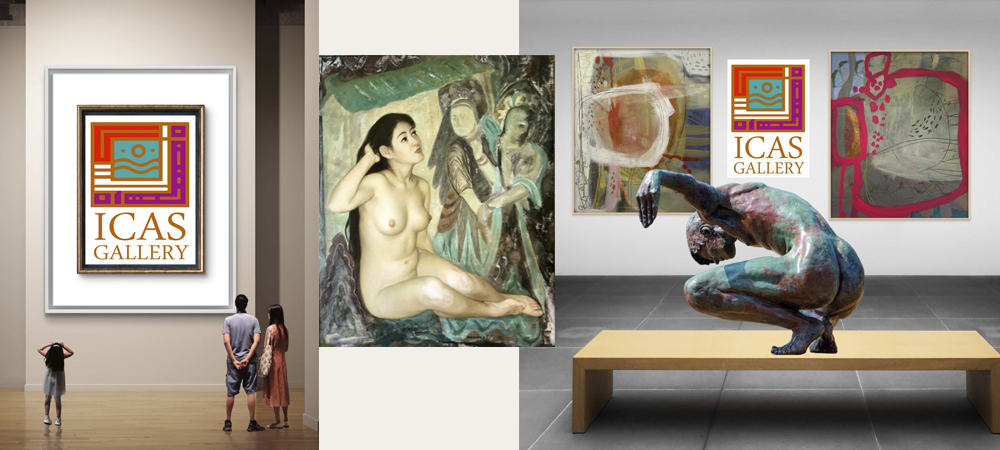African masks are more than just decorations. They are an essential part of African culture and tradition. Each mask tells a story about ancestors, community, and beliefs that have been passed down for generations. Making masks is a respected tradition in many African tribes, showing the diversity and creativity of people across the continent. These masks are often used in rituals, ceremonies, and festivals, helping people connect with their history and identity. Even today, African masks continue to remind us of the wisdom and artistry found in Africa’s diverse cultures.
Understanding African Masks and Tribal Art
In many African communities, masks serve a purpose beyond decoration. They play a significant role in rituals, ceremonies, and festivals. Masks can represent spirits, ancestors, or legendary figures. People wear them during important events, such as coming-of-age ceremonies, celebrations, and funerals. Artists create masks from wood, bronze, copper, ivory, and cloth, carefully crafting each one to reflect the beliefs and traditions of their tribe. The colours and designs of each mask reflect the creativity and history of African people, making every mask memorable and meaningful.
Reasons for Production and Symbolism
- Rituals and Ceremonies: Masks are used in ceremonies, particularly during initiations when young people transition into adulthood. They help connect people with spiritual forces.
- Ancestral Worship: Masks are used to honour ancestors, who are believed to protect and bless the community.
- Mythological Representation: Some masks resemble figures from myths and legends, helping to teach essential lessons and keep traditions alive.
- Fertility and Harvest: Masks are sometimes used in rituals to invoke the blessings of nature spirits for a bountiful harvest and healthy families.
- Social Order and Justice: Masks can show authority and are sometimes used by leaders or secret groups to help keep order in the community.
Techniques and Styles
Artists use traditional tools and methods that were taught to them by their elders. Different parts of Africa have their unique mask styles:
- Yoruba (Nigeria): Known for colourful and detailed masks used in the Egungun festival.
- Dogon (Mali): Make angular masks for the Dama ceremonies.
- Baule (Ivory Coast): Create elegant masks for the Goli festival.
- Kuba (Congo): Make detailed masks for initiation and funeral ceremonies.
- Chokwe (Angola, Congo, Zambia): Their masks often represent ancestors and are used in fertility rituals.
- Makonde (Tanzania, Mozambique): Known for face masks used in mapiko dances.
- Zulu (South Africa): Use masks in ceremonies to connect with ancestral spirits.
Influence on Modern Art
In the late 1800s and early 1900s, African masks had a significant influence on modern art. The bold shapes and creative designs of African masks have inspired art styles such as Cubism, Fauvism, and Expressionism. European artists were impressed by the abstract forms and strong lines of their counterparts.
Key Artists Influenced by African Masks
- Pablo Picasso saw African masks in a Paris museum, which inspired his famous painting “Les Demoiselles d’Avignon” and helped launch the Cubist movement.
- Henri Matisse: Used bold lines and simple shapes, influenced by African masks.
- Amedeo Modigliani drew inspiration from the shapes of African masks in his portraits and sculptures.
- Georges Braque: Used abstract and broken shapes in his art, inspired by African masks.
- Paul Klee: Added symbols and mystical ideas to his work, inspired by African art.
East and Central African Tribes and Their Masks
- Congo (Kuba, Chokwe, Luba, Pende)
Kuba: Known for their elaborate, beaded masks used in initiation rites.
Chokwe: Create detailed masks representing ancestors, which are used in ceremonies for fertility and initiation.
- Luba: Masks often depict female figures, emphasising beauty and moral values.
- Pende: Known for their distinctive masks used in healing rituals and social control.
- Kenya (Kikuyu, Maasai, Kamba)
- Kikuyu: Masks used in initiation ceremonies, representing spirits and ancestral figures.
- Maasai: While more renowned for their beadwork, Maasai masks are used in rituals to connect with the spiritual world.
- Kamba: Known for wooden masks used in dances and rituals to communicate with ancestors.
- Zambia (Chewa, Lozi)
- Chewa: Famous for the Nyau masks used in secret society rituals and initiation ceremonies.
- Lozi: Masks used in cultural festivals to tell stories and pass down traditions.
- South Africa (Zulu, Xhosa)
- Zulu: Masks used in ceremonial dances to honour ancestors and seek their guidance.
- Xhosa: Known for face masks used in initiation ceremonies, symbolising the transition to adulthood.
Legacy
African masks, with their bold shapes and intricate carvings, have influenced the way Western artists perceive art. The strong lines and features of these masks inspired artists like Picasso, who saw Congolese and Fang masks in Paris. This helped launch Cubism, a new art style that broke traditional rules and viewed things in a different light. The influence of African masks continues to inspire artists and art enthusiasts worldwide.
The simple beauty and repeating patterns of African masks are reflected in the art of Matisse, Modigliani, Braque, and Klee. Each artist used ideas from masks in their way. But African masks are not just an inspiration for artists. Each mask, made from wood or decorated with natural materials, is used in ceremonies for harvest, coming-of-age rituals, or healing purposes. They hold stories, songs, and wisdom from the past.
African masks are cherished not only for their beauty but also for their profound meaning. They tell stories and share values through every detail. As lasting symbols of Africa’s rich art, they celebrate creativity, tradition, and strength. Their spirit continues to inspire people everywhere, connecting us to Africa’s heritage.



